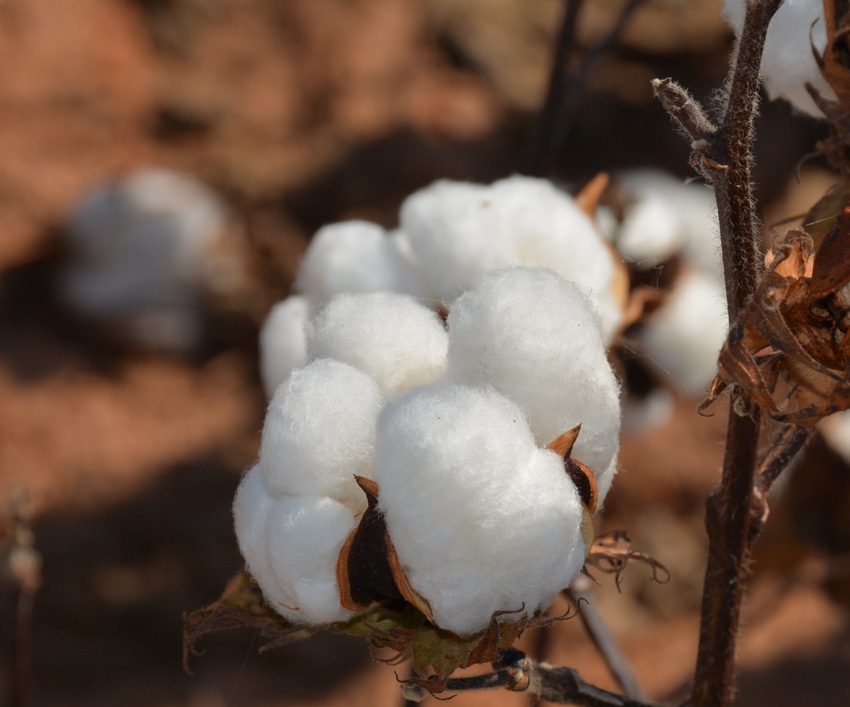
Defensive cotton variety selection comes with risk
New technology will require a lot of community coordination and communication. It will require close adherence to labels and attention to weather and equipment. Folks are going to have to use a lot of commonsense. And commonsense seems to include picking a cotton variety that works best on a specific field.

Most cotton farmers have made the most important decision about their 2017 crop they’ll make all season—which variety to plant. And this year the choices included new wrinkles—whether to plant new dicamba or 2,4-D tolerant varieties or to stick with the herbicide tolerant options they have planted for the past few years. Some also look at conventional varieties as a means of reducing costs.
If they chose the new technology as a means of getting ahead of herbicide resistant weeds, they also had to select between two options—2, 4-D or dicamba—Enlist from Phytogen or XtendFlex from Monsanto (Deltapine). The two are not interchangeable. Dicamba will kill Enlist and 2, 4-D will do the same for XtendFlex cotton. And that’s where things may get sticky.
While talking to cotton farmers and seed company reps on the Texas High Plains earlier today, I learned that some farmers have selected, or are considering selecting, a variety based, not on what fits best for a certain field or meshes with a particular management style or is one that has produced top yields and grades before, but what is least likely to be damaged by drift from a nearby farm.
It’s defensive variety selection. And it’s understandable. With production costs high, profit margins thin and production never assured, the risk of losing a crop to a misapplied herbicide may be one more threat than a producer wants to face. In some cases, communities are discussing the potential of coordinating variety selection—or at least trait selection—to minimize the potential for drift injury.
But is it a good strategy?
RISKY BUSINESS
Maybe, but it also involves risks. Planting an unfamiliar variety comes with a learning curve, and backing away from a variety that has performed well for a few seasons may not be the best option. What traits and characteristics are you giving up—disease resistance, nematode tolerance, fiber quality—and how different will management be with a new variety?
We’ve reported often that variety selection is the first and most important decision a cotton farmer will make. Those decisions should not be made lightly, and should always include evaluation of data, including multiple years of variety trial results over multiple locations. It also should include a careful analysis of field history, possible disease pressure and management ability. Some varieties are simply easier to manage than others.
Selecting a variety out of fear of misapplication from a neighbor may be a tempting option, but not necessarily the most profitable one.
New technology will require a lot of community coordination and communication. It will require close adherence to labels and attention to weather and equipment. Folks are going to have to use a lot of commonsense. And commonsense seems to include picking a cotton variety that works best on a specific field.
It seems to me that athletic coaches with a slim lead toward the end of a game who try not to lose instead of to put the game away often end up shaking the other coach’s hand and congratulating him on a spunky comeback.
Defensive variety selection seems a lot like that. Sometimes it works. But it’s risky.
About the Author(s)
You May Also Like





